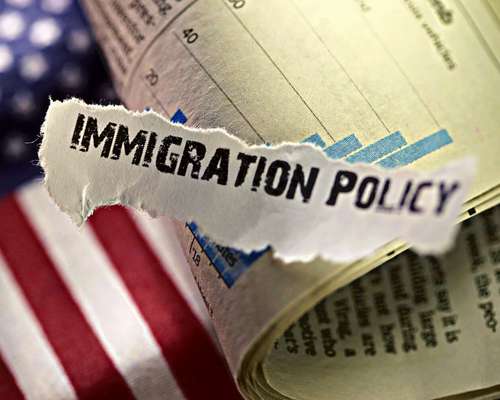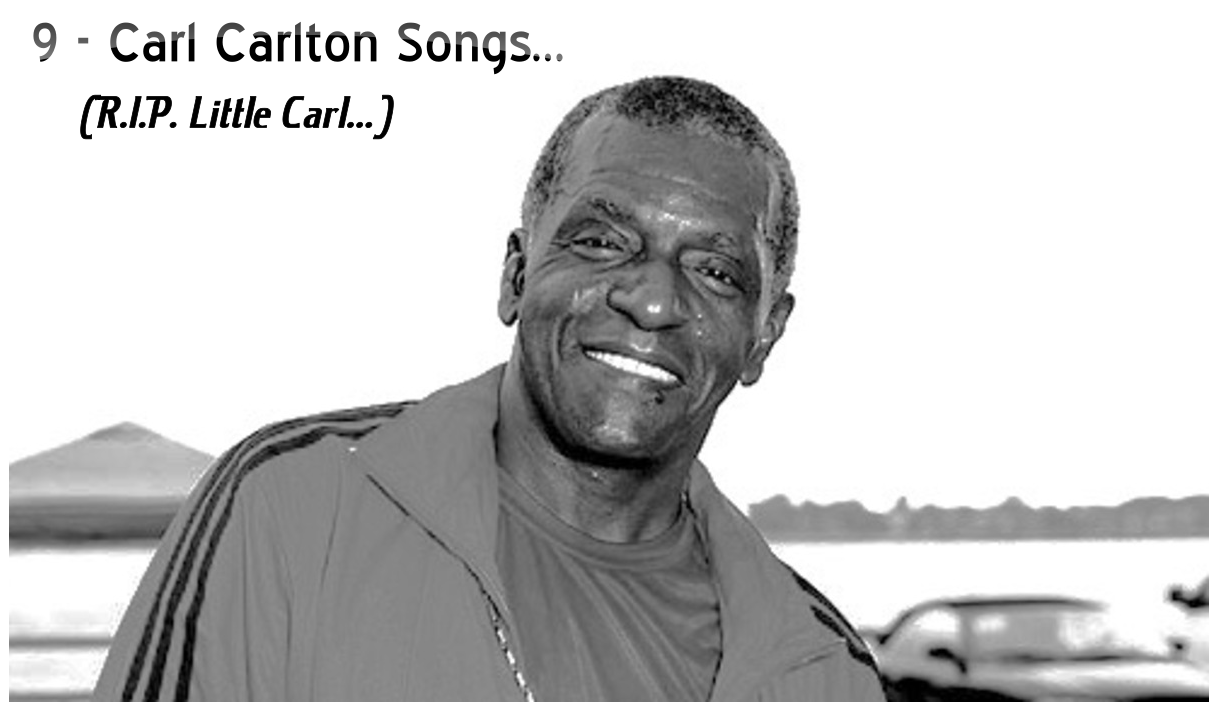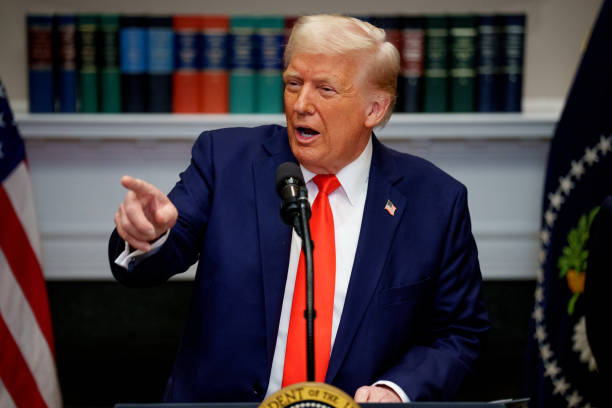(ThyBlackMan.com) Slavery made perfect sense, so too did Jim Crow in its time, as does mass incarceration today. If it did not, we would long ago have ended it. Why haven’t we?
According to Norbert Wiener, we “live in a chaotic moral universe,” wherein “our main obligation is to establish arbitrary enclaves of order and system.” But what about justice? Wiener, Father of Cybernetics, the study of communication and control in machines and living organisms, says society can be seen as one living entity composed of myriad individuals involved in an “intimate interplay” in a “larger organism.”
In the “larger organism” that is the US are the laws just? At its founding, despite a bold proclamation of equality in the Declaration of Independence, and guarantees of justice in the Constitution, millions were held in chains. The Supreme Court, as late as 1857, declared Black people “had no rights which the white man was bound to respect.” Six years later, however, the nation dedicated the full weight of its armed forces to contradict that conclusion. Nonetheless, 33 years after that, with its Plessy vs. Ferguson decision justifying segregation, the Supreme Court would again reverse the nation’s course, only to do yet another about face with the Brown vs. Board of Education decision in 1954. A generation later a new form of bondage, mass incarceration, was firmly in place. How can this be explained?

In the text used in Columbia Law School’s “Legal Methods” class we read,
“If a legal branch were reduced to a perfectly logical system, the very perfection itself would make it somewhat harder to modify the system when the interests of justice require such modification. . . (M)any of the most beautiful intricate and subtle of legal theories are merely a particular form of legal rationalization or fiction designed to make the circle of an immutable body of law square with the necessity that the administration of law must accomplish what are recognized as desirable social ends.”
What are “desirable social ends” and what are “the interests of justice,” and how are they determined? Homeostasis is the manner in which an organism (or a machine) maintains a balance. For example, “(t)he human body maintains steady levels of temperature and other vital conditions such as the water, salt, sugar, protein, fat, calcium and oxygen contents of the blood. . . . A society homeostatically maintains its stability despite competing political, economic and cultural factors.” Thus, justice can be seen as government’s maneuvering to maintain balance in the face of “competing political, and cultural factors” threatening the status quo.
Movements come from without, from outside the established order to imperil it. The Abolitionist movement was a threat to the powers-that-be. So the establishment did not, initially, acquiesce to its demands. Movements spur counter-movements. And so, the Abolitionist movement engendered the Secessionist movement which posed an existential threat to the establishment which led directly to the Civil War. For years it was fought with the head of government, President Lincoln, claiming that after hostilities ended the status quo would remain, with some states “free” and some states “slave.” However, eventually, he saw that there was no turning back, so Lincoln declared Abolition the new norm, the new homeostasis and thus was able to bring the Civil War to a close.
Soon after, though, the Secessionist movement flared up again. This time, instead of extinguishing it, the establishment compromised. If the Southern states would agree to remain in the Union, the powers-that-be would look the other way as the formerly enslaved were consigned to an inferior caste. In time the new status quo lead to the Civil Rights movement. A counter movement thence arose, with the resurgence of the Ku Klux Klan. The authorities dragged their feet until negative publicity began to undermine this nation’s ongoing, strenuous efforts to attract newly independent nations around the world to our banner. The authorities then embraced the Civil Rights movement, fully for a while, and then again retreated allowing mass incarceration to become a new Jim Crow.
Thus the three stages that Michelle Alexander identifies in The New Jim Crow: Slavery, Jim Crow and Mass Incarceration can be seen as the three successive settings for homeostasis in the history of the nation. She says we need to institute a new Civil Rights movement to establish what would be a fourth setting, absolute equality for all, precisely what was set forth in the nation’s founding documents. The Black Lives Matter movement strongly advocates that. Though viewed as a disruptive element by many, its goal is eminently patriotic. Recall Martin Luther King’s plaintive cry in his final address, “All we say to America is, ‘Be true to what you said on paper!’”
Staff Writer; Arthur Lewin
This talented author has just published a NEW book which is entitled; AFRICA is not A COUNTRY!.
For more articles written by this talented brother click on the following link; https://thyblackman.com/?s=lewin.

















Leave a Reply